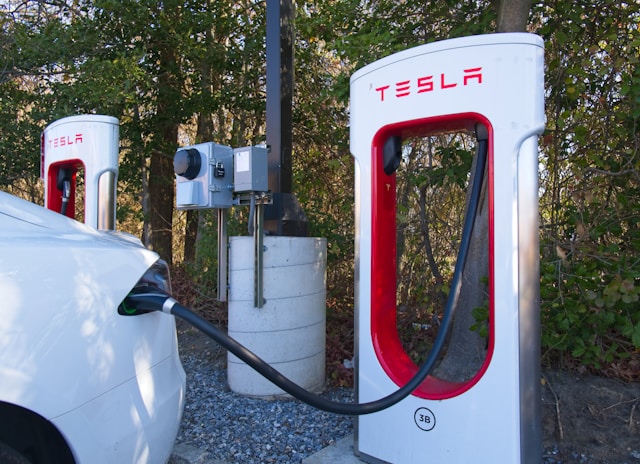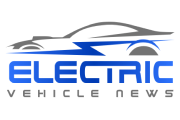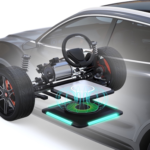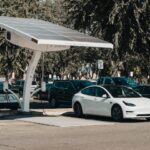
The electric vehicle revolution is gaining momentum, driven by a growing desire for cleaner transportation and government initiatives promoting sustainability. This surge in EV adoption is creating a massive demand for robust charging infrastructure.
According to Reports and Insights, the EV Charging Infrastructure Market, which encompasses both charging stations and the embedded ports within them, is expected to reach a staggering US$ 344.61 billion by 2032. Within this market, the EV Charging Ports Market is projected to reach a value of US$s 204.1 billion by 2032, growing at a healthy CAGR of 24.5%.
This robust growth is fueled by a confluence of factors, but one trend stands out as a potential game-changer for the future of EV charging: the surge in demand for fast charging.
Gone are the days when EV owners were content with overnight charging at home. Today’s drivers crave convenience and flexibility, demanding a network of stations that can recharge their batteries quickly and efficiently. This shift in consumer preference is propelling the rapid adoption of Level 3 DC fast chargers, which can deliver a significant charge in a fraction of the time compared to conventional Level 2 AC chargers.

Here’s why the rise of fast charging is a major trend to watch:
1. Combating Range Anxiety
One of the biggest hurdles to widespread EV adoption is range anxiety – the fear of running out of power before reaching a charging station. Fast chargers alleviate this concern by enabling longer journeys and spontaneous trips, making EVs a more practical option for a wider range of consumers. This in turn translates to a higher demand for charging stations equipped with fast-charging ports.
2. Boosting Public Charging Networks
The growing demand for fast charging necessitates a significant expansion of public charging infrastructure. Governments and private companies are actively investing in building robust networks of fast-charging stations along highways, urban centers, and even workplaces. This improved accessibility will further incentivize EV ownership.
3. Technological Advancements
The EV charging technology landscape is constantly evolving. Advancements in battery technology are enabling faster charging times and higher power outputs for EV charging ports. Additionally, innovations in grid management and smart charging solutions are optimizing energy distribution and ensuring a reliable power supply for fast-charging stations equipped with these advanced ports.
4. Three-Phase Power Takes Center Stage
To meet the demands of faster charging, three-phase EV chargers are gaining traction. These chargers offer significantly higher power outputs compared to single-phase models, further accelerating the charging process. Their advanced safety features make them ideal for public charging environments and parking lots.
Conclusion
The focus on fast charging presents both opportunities and challenges. Manufacturers need to ensure the affordability and accessibility of fast chargers, while policymakers must work towards streamlining permitting processes and incentivizing the installation of charging infrastructure.
The rise of fast charging is a transformative trend that will significantly influence the future of EV charging infrastructure. By addressing consumer needs for speed and convenience, fast charging has the potential to unlock the full potential of electric vehicles and accelerate the transition towards a more sustainable transportation future.







